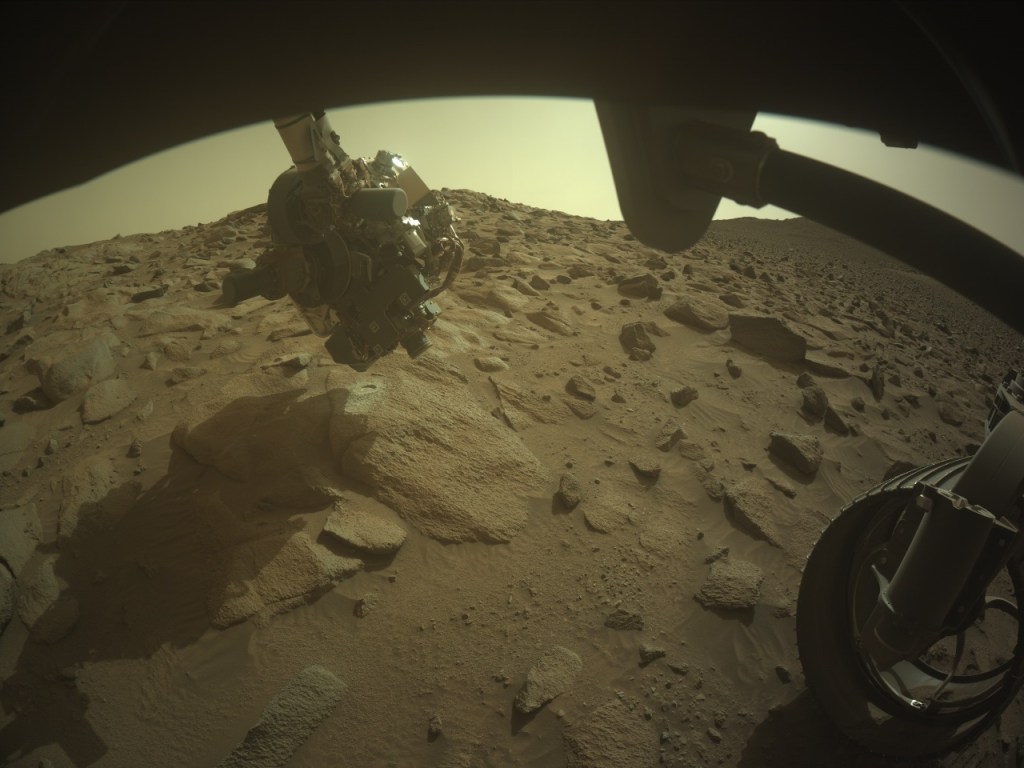NASA’s Artemis campaign is a series of lunar missions to further explore the lunar landscape to prepare for future missions to Mars. The Artemis missions will send humans to land on the moon and explore the lunar south pole. This will be NASA’s first human lunar landing since the Apollo missions over 50 years ago. The Artemis missions will be landing at the lunar south pole; this area is of interest because the permanently shadowed regions that exist there may be traps for water ice which could be accessed to support future missions to Mars. One area of interest is Shackleton Crater, measuring 13 miles (21 km) in diameter and 2.6 miles (4.2 km) deep. The crater has steep sides and continuous shadows cause the floor of the crater to be below 90 K and may have water ice trapped beneath the surface. To support these missions, NASA is seeking two solutions: one low-tech and one high-tech. While both solutions are related to navigation, they are independent challenges and solutions.
For Challenge 1, NASA is seeking an orienteering aid that will help the astronauts navigate on traverses away from the lunar lander and return back. While there were similar devices available to the Apollo astronauts, NASA is looking for new and unique solutions. Among other considerations, devices must be accurate, easy to use, able to be used on the moon’s surface by an astronaut wearing pressurized gloves. If your solution is one of the best, you could be eligible for a share of the $15,000 prize purse.
For Challenge 2, NASA is looking for assistance in getting to and mapping the bottom of Shackleton Crater. The design must work in the extreme conditions of the lunar south pole and Shackleton Crater, map the crater, characterize and quantify what is in the crater, and send the data back to be used for future missions. If you can solve this challenge by describing your design concept in detail, you could be eligible for a share of the $30,000 prize purse.
Award: $50,000 in total prizes
Open Date: September 4, 2024
Close Date: November 25, 2024
For more information, visit:





No comments! Be the first commenter?